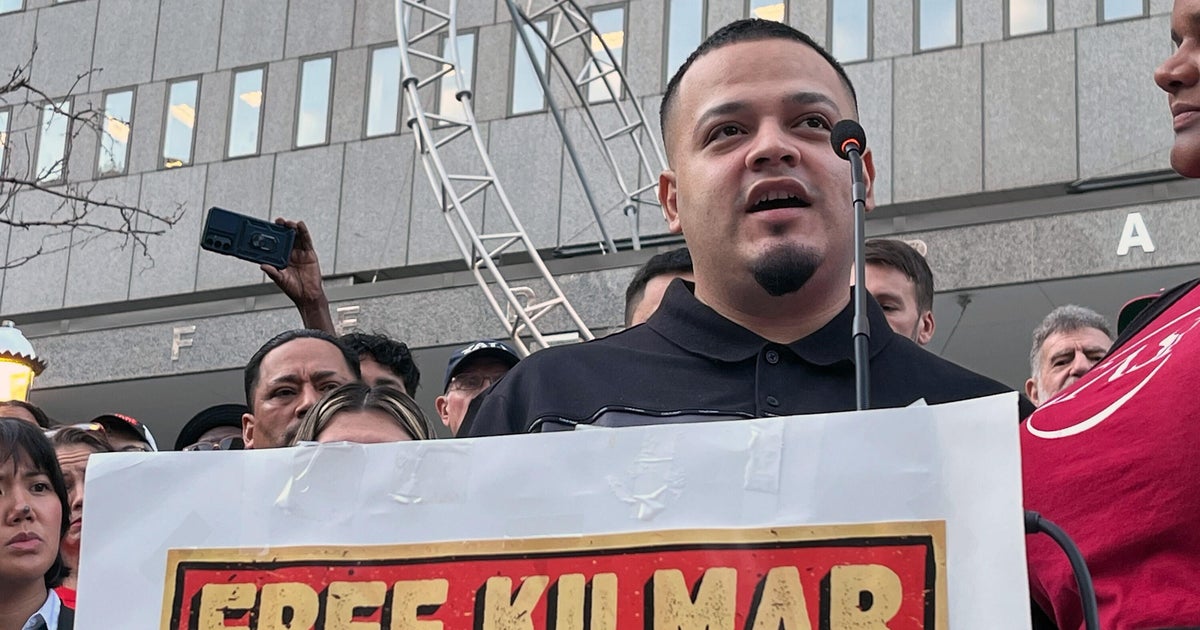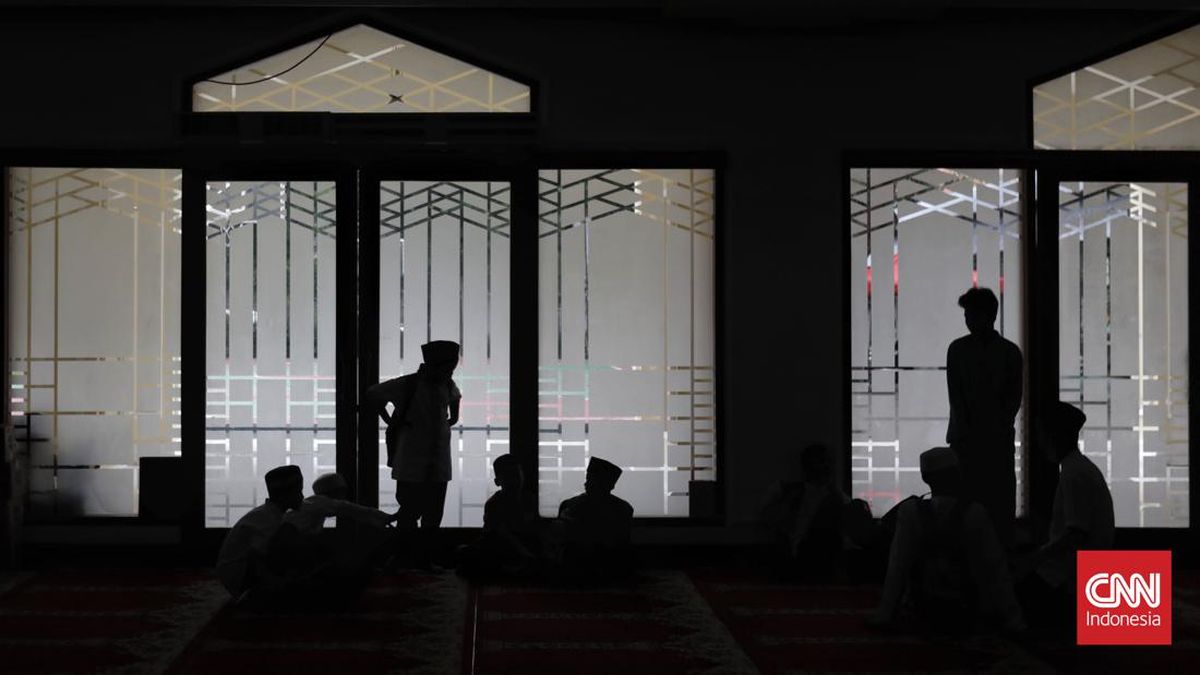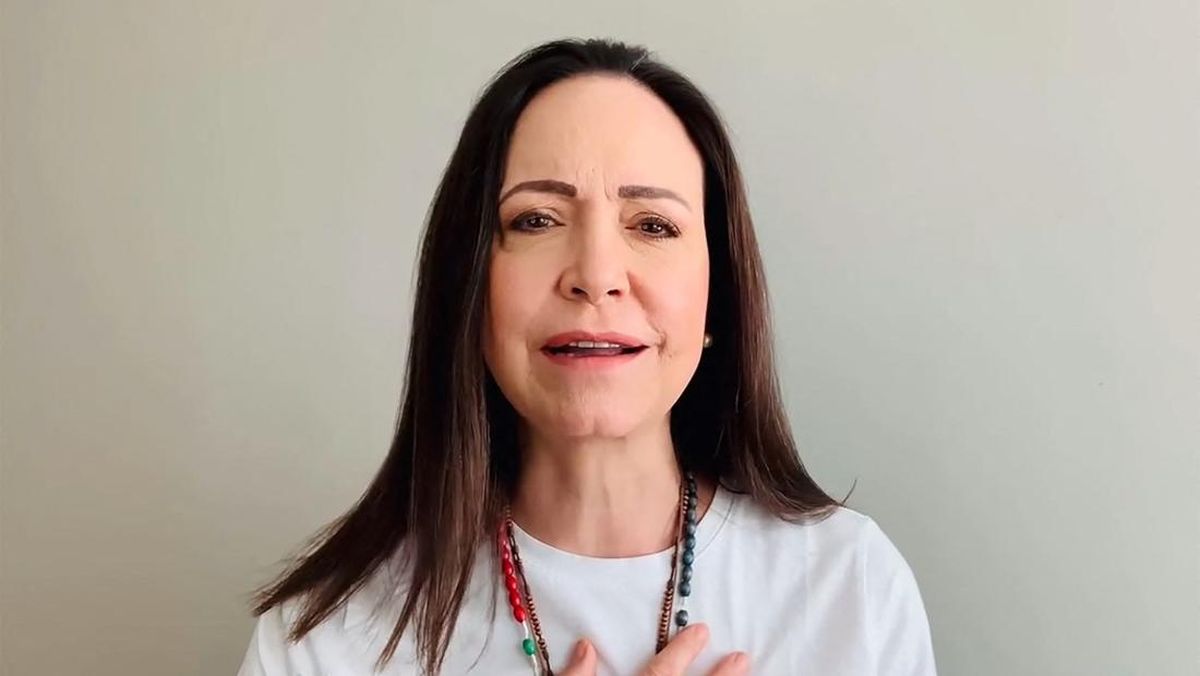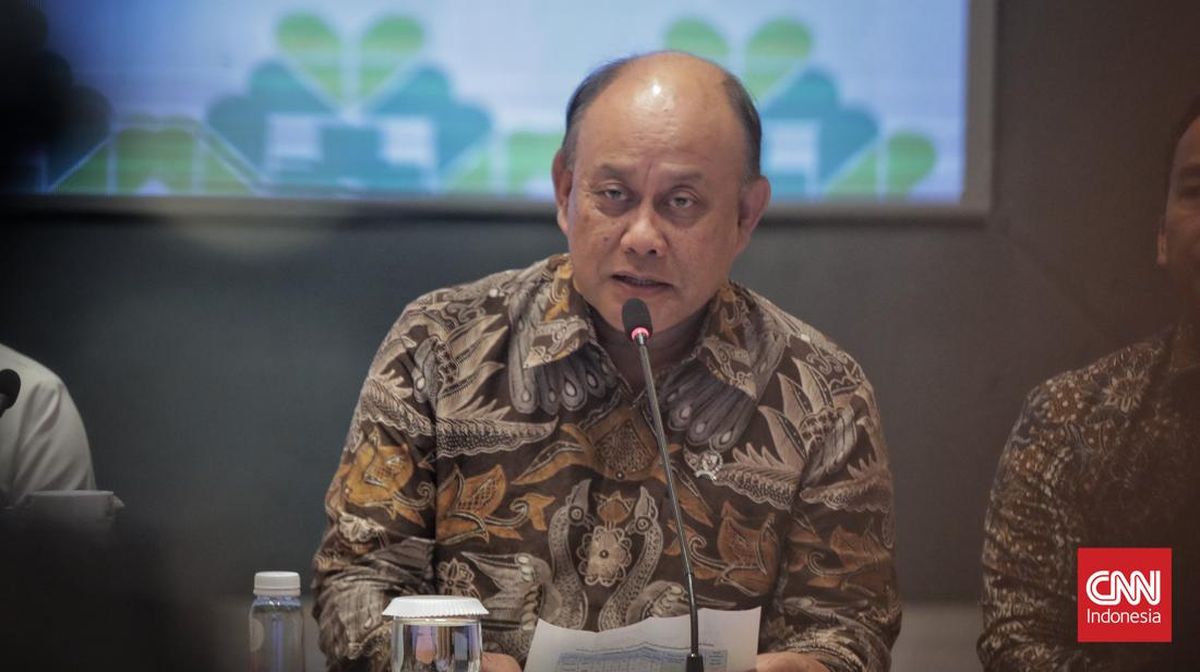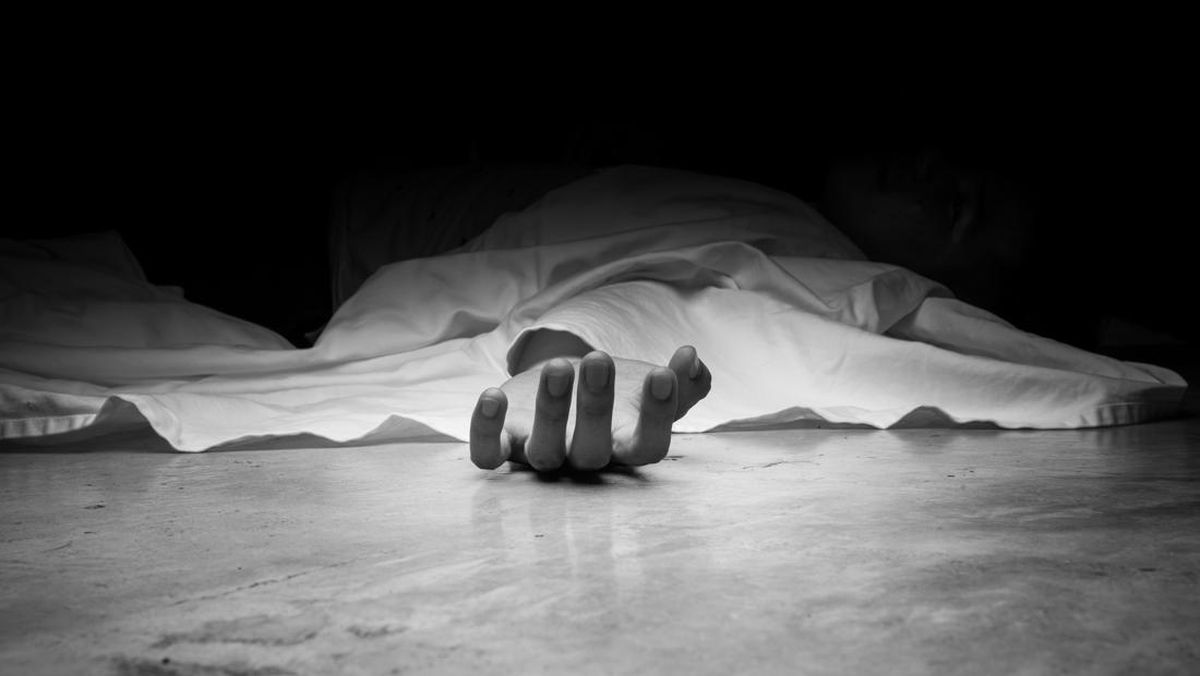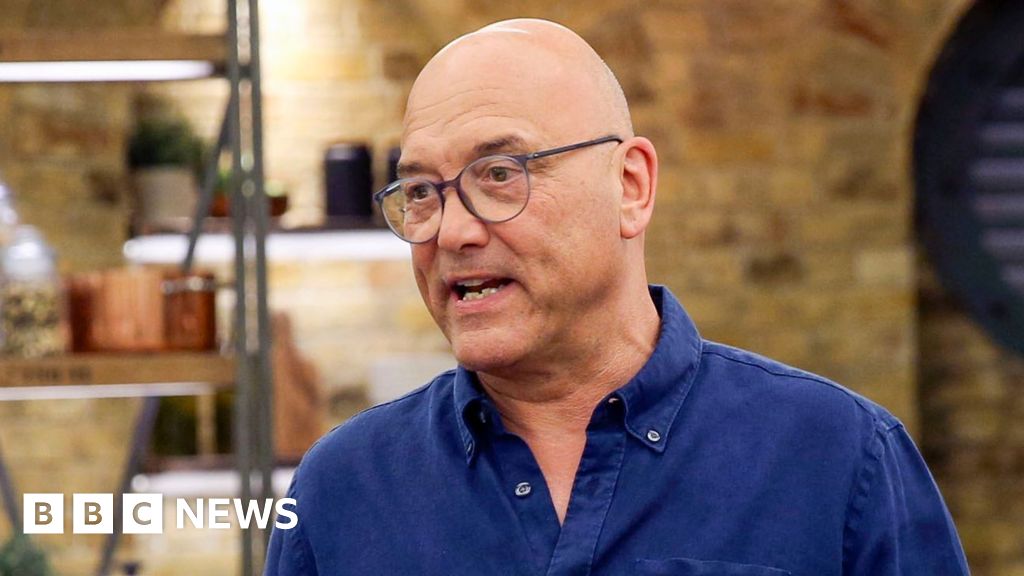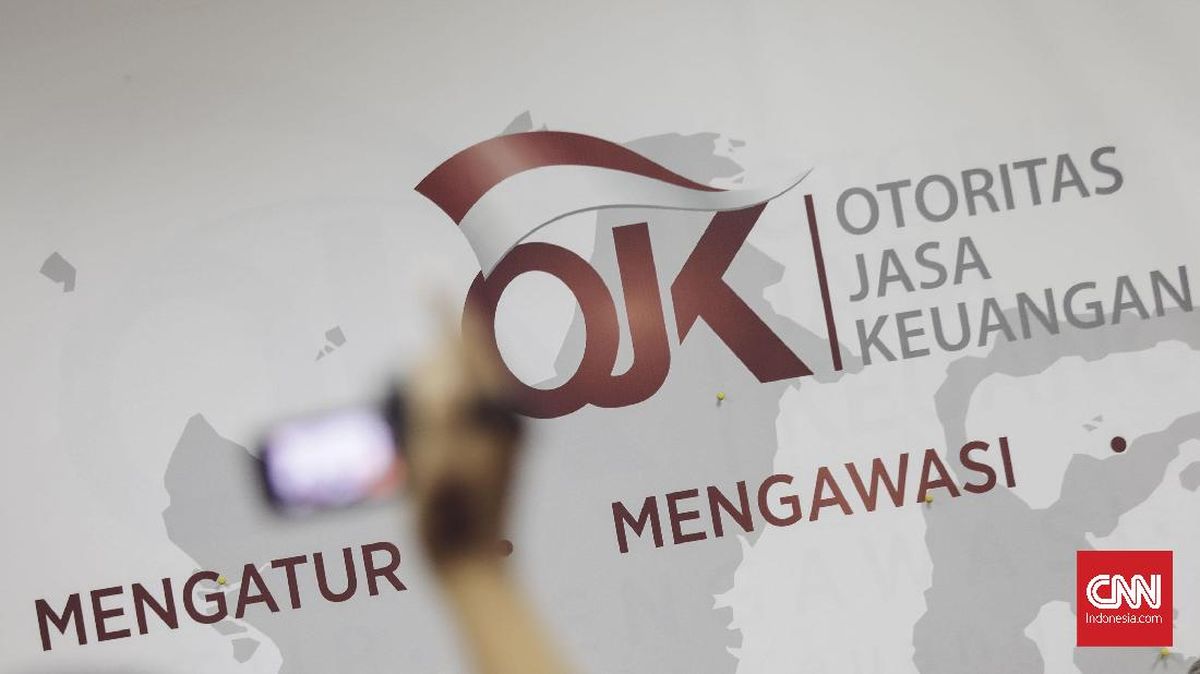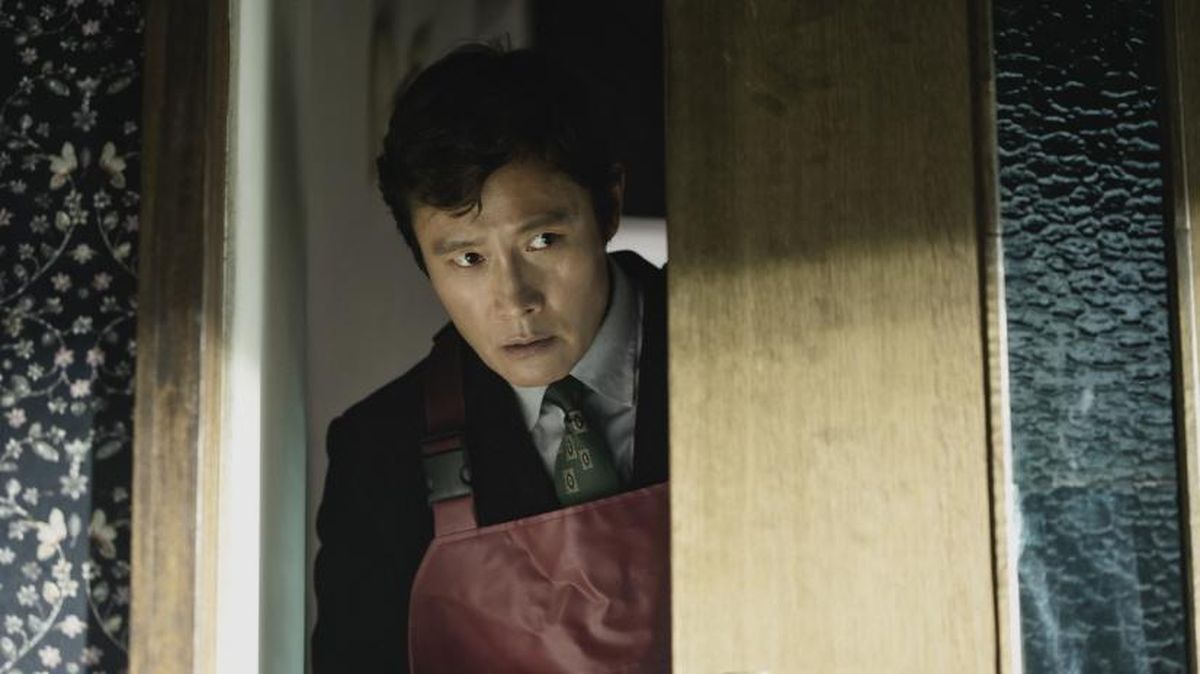More than 17 per cent of this cohort return to the hospital within 48 hours (compared with 4 per cent of non-homeless patients) and half are back at the hospital within 28 days.
One patient experiencing homelessness visited St Vincent’s 100 times in one year.
The hospital is trying to reverse the trend of hospital readmissions by providing homeless patients with short-term housing and wraparound health services, and helping them secure stable, long-term accommodation.
The centrepiece of this initiative is the Better Health and Housing Program, which provides clients with six months of accommodation in a 20-bed facility a few streets from the Fitzroy hospital.
The bright space is filled with indoor plants, table tennis and billiard tables and a kitchen, where residents are provided with healthy meals and are taught how to cook. Small containers of moisturiser, soaps and shampoo greet residents in the foyer.
Andrew Chan, group manager of the hospital’s Healthcare for the Homeless service, said people experiencing homelessness often struggled to access appropriate healthcare due to costs, stigma and a lack of transportation.
“We’re right next door to a hospital, so access to outpatient clinics and day procedures is much more streamlined,” he said. “That’s why it works.”

Andrew Chan, group manager of St Vincent’s Hospital’s Healthcare for the Homeless service.Credit: Paul Jeffers
The initiative – which is a partnership between the hospital, Brotherhood of St Laurence, Launch Housing and Homes Victoria – prioritises First Nations people and those aged over 40 who have a long history of homelessness, mental illness and drug and alcohol issues.
A review of the program, which supported 71 clients between August 2022 and May 2024, declared it a success.
Loading
There was a 76 per cent decrease in emergency department visits among clients who remained at the facility for six months. And 91 per cent of residents who stayed at the facility for this duration went on to secure permanent housing.
The review estimated that for each participant, there was a $200,000 to $350,000 saving in health and housing costs over 10 years.
Many clients are referred to the program after visiting a hub in the emergency department that provides specialist support for patients with mental health and drug issues.
This dimly lit hub is filled with beds instead of trolleys and has a kitchenette where patients can help themselves to sandwiches and cups of tea. Patients receive care in cubicles with glass doors, rather than flimsy curtains, to ensure they can speak candidly and privately.
“People who are homeless often have very chronic health issues,” said Lisa Close, one of the co-ordinators at the mental health, alcohol and drugs hub.
“If someone who is sleeping rough has a chest infection, and we send them back to the streets with antibiotics, the chance of them getting better is slim. They may end up re-presenting with pneumonia and need intravenous antibiotics. If we can organise accommodation, that reduces the risk of them re-presenting.”

Census data shows a rise in homelessness in Victoria.Credit: Joe Armao
Lucas Testro, the acting chief executive of the Council to Homeless Persons, said Victoria’s worsening homelessness crisis was creating a major health risk.
“When financial stress hits, people often sacrifice healthcare,” he said.
“Once someone loses their home, not only do they experience incredible mental and physical hardship, but basics we take for granted like refrigerating medication can become impossible ... our most vulnerable citizens are presenting to emergency departments with conditions that should have been avoidable.”
Loading
Testro welcomed the hospital’s initiative to secure accommodation for those facing homelessness, but said the crisis would never be resolved without more social housing.
He said that while one-third of people seeking homelessness assistance in Australia were in Victoria, the state had the nation’s lowest proportion of social housing.
There are other pathways for homeless patients discharged from St Vincent’s, including a short stay at Ozanam House, a crisis accommodation and support service in North Melbourne.
This is where Richo ended up after his broken collarbone was treated in the emergency department.
Staff at the service made sure he attended his medical appointments, booked him into a drug detox program and helped him secure a room in community housing.

Richo says his life is now back on track. Credit: Wayne Taylor
“Without these services, I would have just kept battling on the streets,” he said.
Richo became homeless shortly after the pandemic when his landlord sold the house he was renting.
He had been working full-time as a printer, but then suddenly found himself desperately searching for a place to sleep. The stress of being in this situation led to him relapsing and using heroin again after abstaining for a decade.
“It was amazing how quickly it spiralled,” he said. “It’s a brutal drug, heroin.”
Richo no longer uses heroin and is searching for work again as a printer.
“My health has improved heaps,” he said.
*Surname has been withheld for privacy reasons

